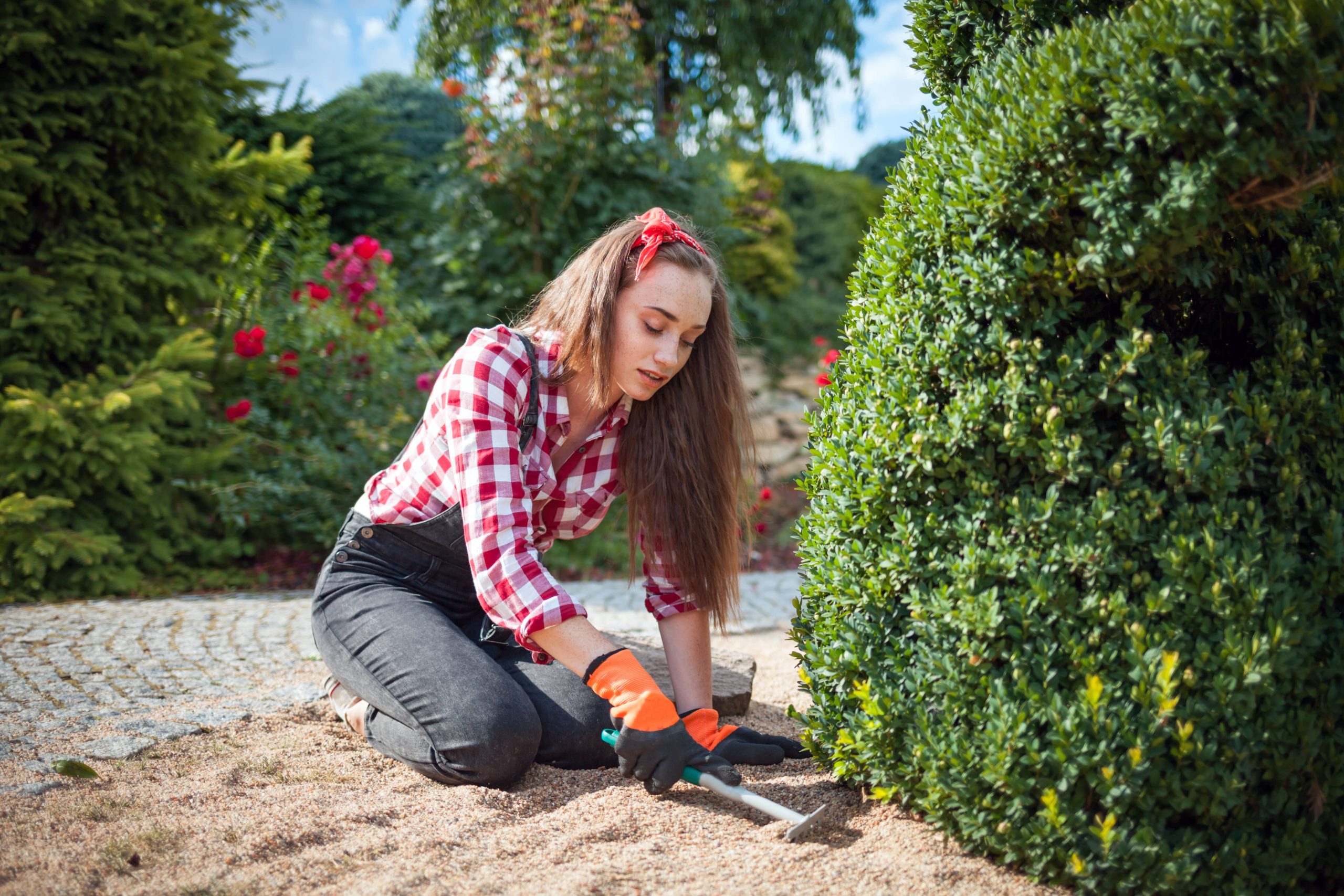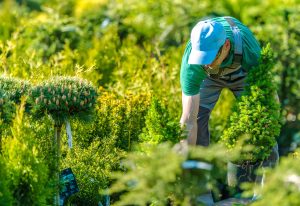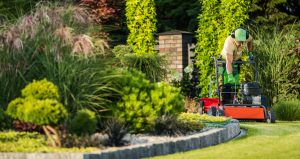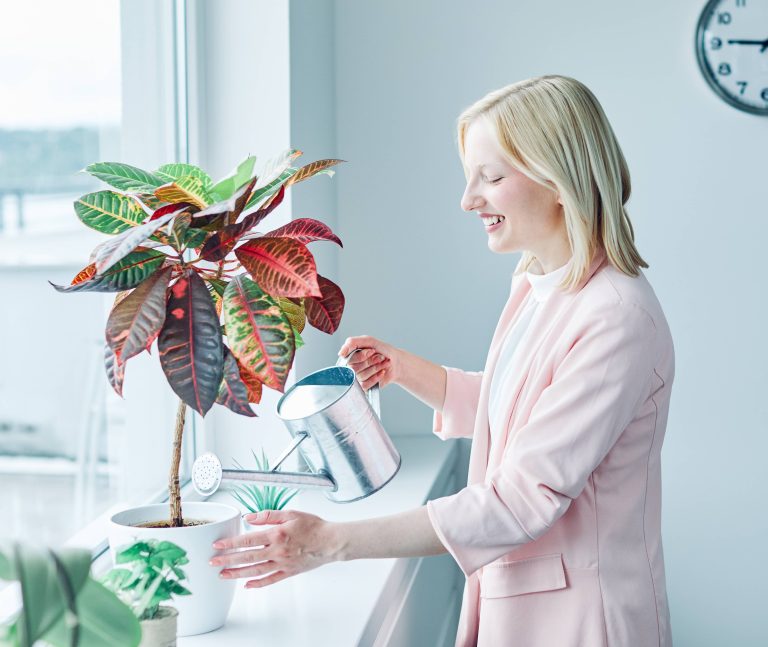
When we think of traditional cottage gardens, images of whimsical landscapes brimming with vibrant blooms, cobblestone pathways, and rustic charm spring to mind. These gardens, known for their relaxed, informal plantings and the artful mingling of flowers, herbs, and vegetables, have long been admired for their picturesque appeal. However, as we step into an era where sustainability is no longer a mere option but a necessity, a new iteration of this beloved garden style is gaining traction: the modern cottage garden. This evolution combines the aesthetic charm of its predecessor with sustainable practices that nurture both the environment and the soul.
Embracing Biodiversity
The core of the cottage garden ethos is about working with nature rather than against it. In a modern cottage garden, this means embracing biodiversity by integrating a wide variety of plants that serve numerous functions. These aren’t just ornamentals; they include pollinator-friendly flowers, native species, and plants that support local wildlife, bees, and butterflies.
A key to encouraging biodiversity in a modern cottage garden is to choose plants that are well-adapted to your regional climate and soil conditions. Native plants are not only more sustainable, requiring less water and energy, but they also attract and sustain the local pollinator population. This synergistic approach reduces the need for chemical fertilizers and pesticides, promoting a healthier, more vibrant ecosystem.
Organic and Regenerative Practices
Sustainability in the garden goes beyond plant choice—it’s about integrated practices that mimic natural ecosystems. Organic gardening and regenerative agriculture techniques can be easily incorporated into a modern cottage garden. This involves using compost and natural fertilizers to enrich the soil and keeping it covered with mulch or ground cover to retain moisture and suppress weeds.
Composting, in particular, ties into the sustainability narrative by recycling garden waste into valuable organic matter that can be fed back into the garden. Not only does this reduce waste, but it also enhances the soil’s health, which in turn encourages robust plant growth.
Water-wise Gardening
Water conservation is a critical component of sustainable gardening. The modern cottage garden takes this into account with the adoption of water-wise techniques. This includes implementing rainwater harvesting systems, using drip irrigation, and choosing drought-tolerant plants that can thrive with minimal irrigation.
Consider creating a rain garden, a shallow depression that captures and absorbs rainwater runoff from roofs and paved surfaces. Rain gardens are a beautiful addition to any landscape and prevent erosion and water pollution by filtering runoff.
The Aesthetic of Imperfection
Historically, cottage gardens were defined by their slightly unkempt, overflowing beauty—an aesthetic that aligns perfectly with sustainable gardening. Unlike manicured, high-maintenance landscapes, cottage gardens are forgiving in their imperfection. This relaxed aesthetic means gardeners can focus more on the health and sustainability of their plants rather than achieving an artificial appearance.
Embrace the wabi-sabi of gardening—the beauty of the imperfect, impermanent, and incomplete. Allow for spontaneity in plant placement and accept that nature will, at times, take its course. This mindset not only reduces the labor and resources required to maintain the garden but also leads to a more authentic and charming landscape.
Functional Design Elements
Incorporating functional and sustainable design elements enhances the modern cottage garden. Think about using reclaimed materials for pathways and garden structures, like arbors or fences. Incorporate elements that encourage wildlife, such as birdhouses, insect hotels, and log piles for beetles and other beneficial insects.
Moreover, consider including edible plants in your design. Herbs, berries, and vegetable patches not only add to the visual interest but also provide fresh produce. A sustainable approach to food—growing your own vegetables—reduces dependence on store-bought produce, which often comes with a high carbon footprint due to transportation.
Creating a Resilient Ecosystem
A truly sustainable garden is resilient to environmental changes. This involves creating diverse plantings that can withstand different weather conditions and pest pressures. Mixed plantings can prevent the spread of diseases and make plants less vulnerable to pest infestations, as monocultures often invite.
Aim to build healthy soil through organic matter introduction, which supports microbial life and improves water retention. This biological activity fosters resilient plant life, aiding sustainability while maintaining the garden’s enchanting appearance.
Community and Education
The sustainability movement in gardening is as much about community as it is about practice. Modern cottage gardens can become conduits for education and sharing of sustainable practices. Invite neighbors to participate in workshops or garden sharing initiatives, or simply use your garden as a demonstration site to inspire others.
Community involvement can also mean joining local gardening groups or forums where knowledge and resources can be exchanged. A collective approach to sustainability ultimately amplifies the impact and helps cultivate a more environmentally conscious society.
Conclusion
The modern cottage garden is a harmonious blend of timeless aesthetic and contemporary sustainability. By embracing biodiversity, organic practices, water conservation, and community involvement, gardeners can enjoy the lush, enchanting beauty of a cottage garden while making a positive impact on the environment.
In this delicate balancing act of style and sustainability, each garden becomes a small patch of hope—a place where tradition meets innovation and where every petal, leaf, and stone plays a part in the broader narrative of ecological responsibility. With modern cottage gardens, we are reminded that beauty doesn’t have to come at the expense of the Earth; rather, it can be a testament to its resilience and bounty.













